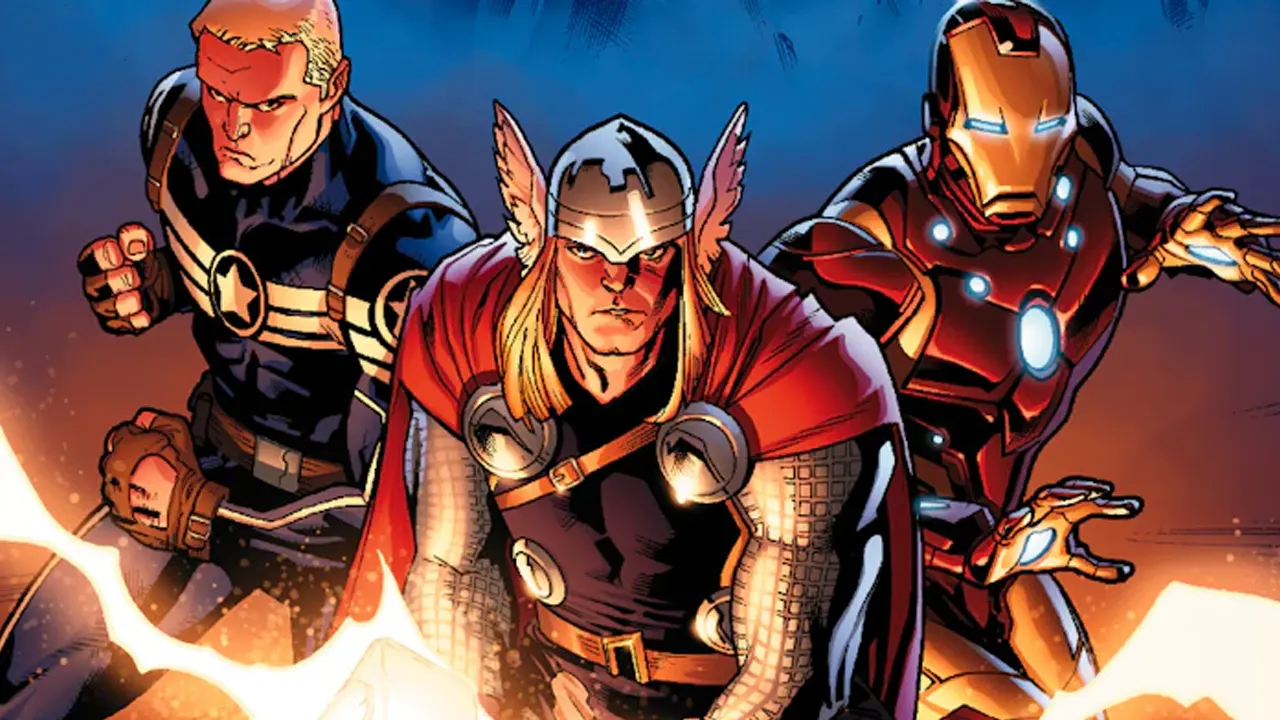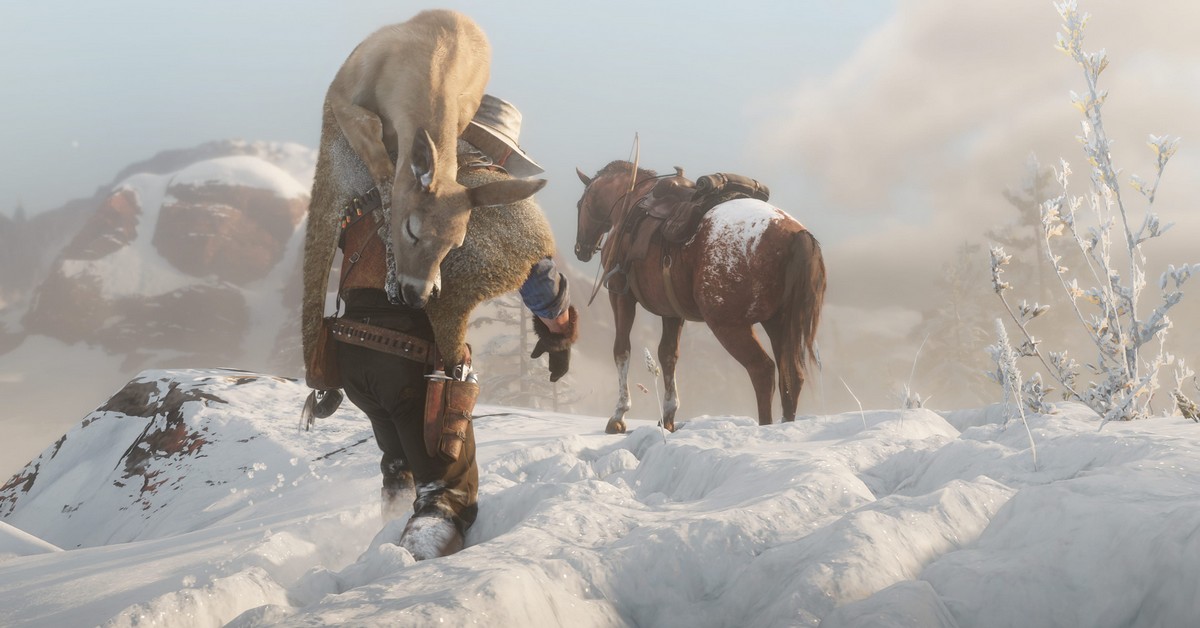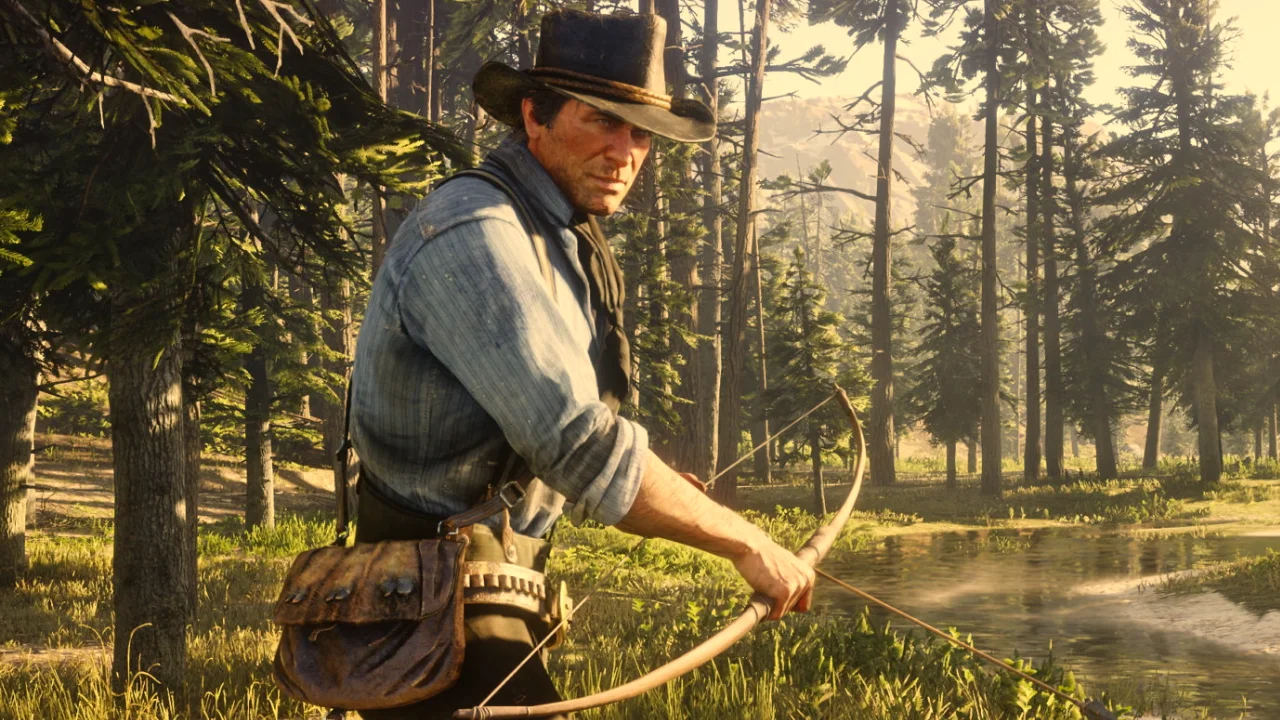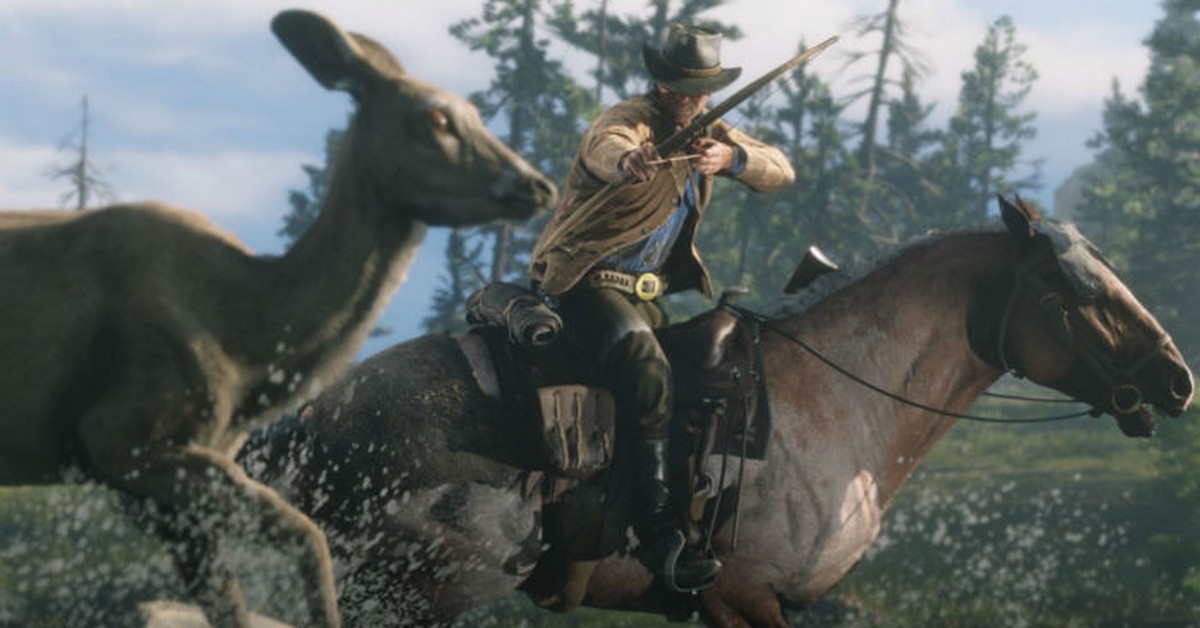Marvel began its journey as a small comic book publisher, but quickly became a powerhouse in the world of entertainment. Founded as Timely Publications in 1939, it introduced the world to iconic characters such as Captain America. Over the years, the publisher evolved and adopted the Marvel name, creating a vast universe of superheroes that have captivated millions of fans around the globe.
The Marvel Universe has grown exponentially, taking its stories from the comics to the cinema and TV screens. The creation of the Marvel Cinematic Universe (MCU) was a milestone that transformed the way superhero franchises are perceived and consumed worldwide. This success was the result of bold decisions and the vision of talented producers and directors, culminating in a series of interconnected films that are box office hits.
Today, Marvel Entertainment, a subsidiary of The Walt Disney Company since 2009, is recognized as the undisputed leader in the comic book and superhero film segment. The company continues to innovate and expand its universe, bringing new stories and characters to new generations. Marvel's history and evolution are a testament to the power of creativity and engaging storytelling.
Marvel's Origins and Foundation
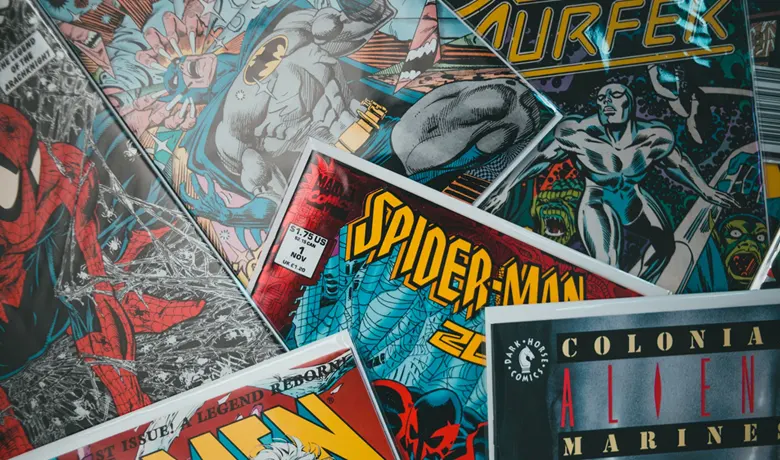
Marvel Comics has a rich and diverse history that begins in the era of Timely and Atlas Comics before growing into the industry giant we know today. This growth was marked by names such as Martin Goodman, Stan Lee and Jack Kirby, as well as iconic characters.
The Timely Era and Atlas Comics
Marvel began as Timely Comics in 1939, founded by Martin Goodman. Goodman was already in the publishing business with pulp magazines before entering the world of comics. Timely's first publication was "Marvel Comics" #1, which introduced the characters Human Torch and Namor, Prince Sub-Mariner. This launch marked the beginning of the Golden Age of Comics.
In 1951, Timely Comics was renamed Atlas Comics. During this phase, the company diversified its publications, including genres such as westerns, horror, and romance, instead of focusing solely on superheroes. The change of name and content represented a new editorial strategy to adapt to changes in the comics market.
The rise of Marvel Comics
In 1961, the Marvel brand was officially launched with the publication of "Fantastic Four" #1, created by Stan Lee and Jack Kirby. This launch is widely considered to be the starting point for the Silver Age of Comics. The creative duo went on to introduce heroes that would become cultural icons, such as Spider-Man, the Hulk and the X-Men.
Marvel's success in the 1960s was incredibly influenced by the ability of Stan Lee in creating complex characters and deep stories. Jack Kirby also brought an innovative artistic aesthetic that captivated readers of all ages. Their collaboration laid the foundation for the Marvel Universe, which remains a leader in popular culture to this day.
The rise of comics

During the rise of Marvel comics, the creation of iconic characters and the entry into the Silver Age marked important moments. The stories not only captivated fans, but also set new standards in the comics industry.
Creating Iconic Characters
In the 1960s, Marvel revolutionized with characters like the Iron Man, Thor e Hulk. O Fantastic Four was one of the first groups of heroes to explore the team concept. A Vespa also stood out, bringing diversity to the Marvel universe.
Each character had human characteristics. Tony Stark, Iron Man, was a genius inventor, but with personal flaws. Thor, the god of thunder, dealt with divine and earthly responsibilities. The Hulk, the result of a failed experiment, struggled with his own rage.
Marvel in the Silver Age of Comics
The Silver Age of comics (1956-1970) was a vital period for Marvel. During this time, the X-Men were introduced, bringing up social issues such as discrimination. The creation of more complex characters and stories made comics attractive to a more adult audience.
A San Diego Comic-Con began in 1970, reflecting the growing popularity of comic books. Marvel stood out with innovative scripts and quality illustrations. Characters like Iron Man and the Fantastic Four captivated readers and set a new standard in comic book visual storytelling.
These elements helped solidify Marvel as a giant in the world of comics, creating a lasting legacy that continues to influence pop culture globally.
Evolution in Cinema and Television
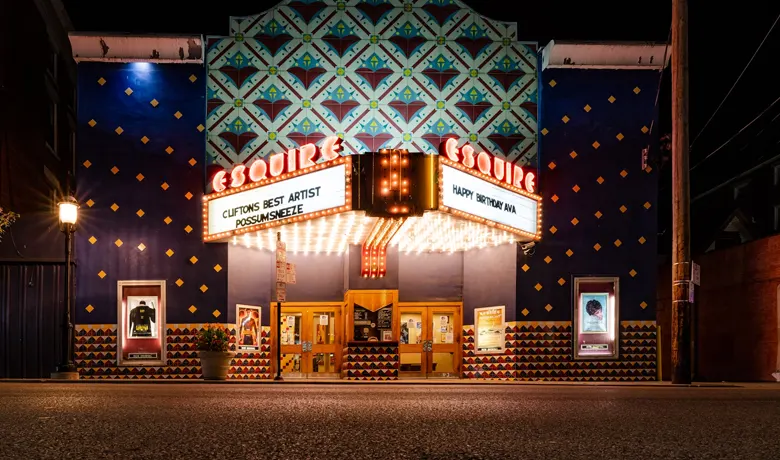
Marvel has transformed the way superheroes are perceived both on television and in the movies. From the first TV adaptations to the phenomenon of movies that have received a lot of attention in the film industry.
First TV adaptations
In the 1970s and 1980s, Marvel began its first forays into television. Series such as The Incredible Hulk (1978-1982), starring Bill Bixby and Lou Ferrigno, brought the comic book characters to a new audience. They used practical effects and make-up to transform Dr. Bruce Banner (Bixby) into the Hulk (Ferrigno).
Another popular adaptation was Spider-Man (1977-1979), which followed the adventures of Peter Parker as he balanced his life as a student and superhero. These first series, although limited by the technology of the time, paved the way for future, more advanced adaptations.
Animated series also played a crucial role. "Spider-Man and His Friends" stood out in the 1980s, capturing the imagination of young superhero fans and setting the stage for future Marvel adaptations.
The Leap to the Big Screen with Marvel Cinema
Marvel's transition to cinema began with films such as Blade (1998) which, although outside the current Marvel Cinematic Universe, opened doors to more successful productions. In 2000, X-Men directed new looks at his films, with a strong cast and advanced special effects.
In 2008, Iron Man started the Marvel Cinematic Universe (MCU). Robert Downey Jr. brought the character of Tony Stark to life, and the success of the movie gave rise to other interconnected productions. The MCU grew rapidly, including films such as The Incredible Hulk (2008) with Edward Norton, Thor (2011), e The Avengers (2012).
With the acquisition of Marvel by Disney in 2009, new possibilities arose. The Disney+ as WandaVision e Loki expanded the MCU even further, connecting stories from the movies with television.
Recent films such as The Avengers: Endgame and series on Disney+ show the continuing impact of the MCU on global pop culture. This growth has transformed Marvel into a dominant force in Hollywood.
Consolidation of the Marvel Cinematic Universe (MCU)
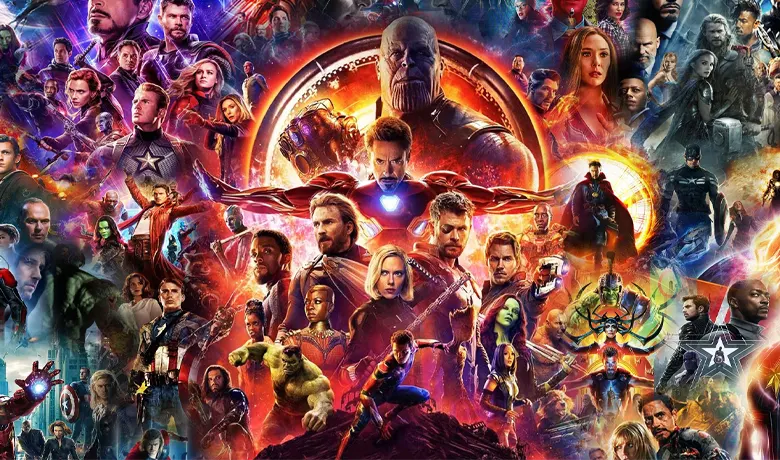
The consolidation of the MCU has revolutionized the film industry, creating an interconnected universe of films and series with interwoven stories. The involvement of visionary directors and producers like Kevin Feige and Avi Arad was crucial to its success.
Phase One: Building a Foundation
Phase One of the MCU began with Iron Man in 2008. Starring Robert Downey Jr., the film was a box office and critical success. Kevin Feige and Avi Arad, executive producers, were key to this phase.
The first movie set a standard with the introduction of the Post-credits scene. From then on, each movie included references to future releases.
The Avengers in 2012 was the culmination of Phase One. The movie brought together several heroes and was directed by Joss Whedon. It was essential for consolidating the interconnected format of the MCU, achieving huge box office success.
Impact and Expansion of the MCU
With the initial success, Marvel expanded the universe with new franchises such as Guardians of the Galaxy e Doctor Strange. Each release brought new characters and further developed the central plot.
Disney acquired Marvel in 2009This allowed for greater investment and even more robust expansion. With renowned directors and a well-planned structure, the films reached a global audience.
Major villains such as Loki and Ultron were introduced, while the threat of Thanos grew in the background. The saga culminated in The Avengers: Infinity War e Ultimatum, with box office records and critical acclaim.
Continuity and Intertextuality in Films
Continuity is one of the most striking aspects of the MCU. Each movie connects not only with the previous ones, but also with future productions, creating a cohesive universe.
The Post-credits scenes are a clear example of this intertextuality. They keep the audience eager for the next releases. In addition, the characters cross over between different films, strengthening the plot.
The producers and directors ensure that the timeline is consistent. This includes important events and the development of characters. This practice reinforces the viewer's experience, as they see a continuous and well-structured story.
Acquisitions and Strategic Partnerships

Marvel's history is marked by important acquisitions and strategic partnerships that have directly influenced its growth and success. Among the most notorious moments are the purchase by Disney and the collaborations with Sony and Fox.
Marvel and the Disney Takeover
On August 31, 2009, Disney bought Marvel Entertainment for around US$ 4 billion. This strategic move allowed Marvel to expand its global reach and gain access to the vast resources of the Walt Disney Company.
The acquisition brought several changes. Isaac Perlmutter, then president of Marvel, continued to play an important role. With Disney at the helm, Marvel Studios not only continued to produce successful films, but also entered the streaming market with Disney+.
Partnerships with Sony, Fox and Other Companies
In addition to the acquisition by Disney Marvel collaborated with other major companies to distribute and co-produce films. With SonyMarvel has worked on Spider-Man films, allowing the character to appear both in the Marvel Cinematic Universe and in independent Sony films.
A Fox has also been an important partner, especially with its adaptations of the X-Men and Fantastic Four. Even after Disney's purchase of Fox, these properties are still significant for Marvel.
These partnerships have allowed Marvel to diversify its presence in the movie industry and protect its properties against market fluctuations. The relationship with studios such as Paramount in the early stages was also crucial for the distribution of the first Marvel films.
Cultural Impact and Fans Around the World
Marvel has a profound impact on world culture and attracts a diverse and dedicated fan base. This impact extends from the creation of new cultural icons to the formation of a passionate global community.
Marvel's Influence on Pop Culture
Marvel has changed pop culture with its superheroes and captivating stories. Iconic characters such as Spider-Man, Iron Man, e Captain Marvel have become cultural symbols. They not only star in films, but also appear in comics, toys and clothes.
Films like Avengers e Black Panther broke box office records and influenced conversations about representation. Black Pantherfor example, highlighted black heroes and brought aspects of African culture to the fore.
Marvel also influences other media, such as TV series and video games. Hawkeye e Falcon are examples of characters who have successfully moved between film and television.
The Relationship with the Fan Community
Marvel maintains a close relationship with its fans. Events like Comic-Con offer fans the chance to connect directly with creators and actors. These events are opportunities for exclusive launches and important announcements, expanding the fan community.
The company also invests in digital platforms, such as social networks and official websites, to maintain constant interaction. Trailer releases and online debates allow fans from all over the world to share their opinions and theories.
The Eternals and other recent films have further expanded the Marvel Cinematic Universe, bringing new heroes and stories that continue to attract a passionate, global fan base.
Marvel's Legacy and Future
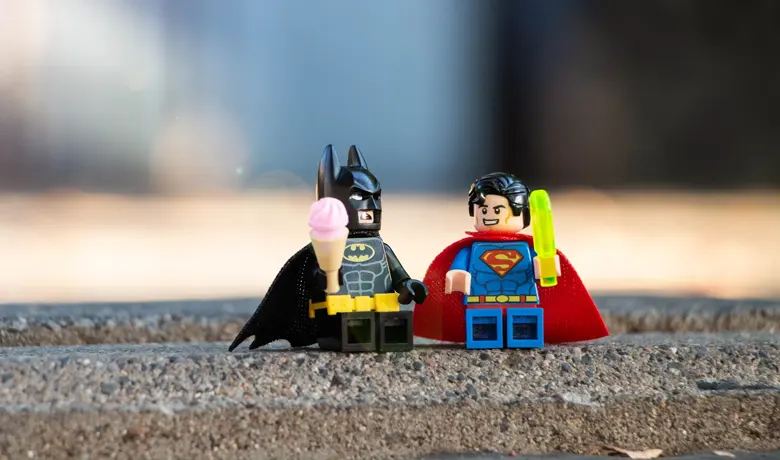
Marvel's legacy is marked by its innovations in storytelling and its lasting cultural impact. Looking to the future, Marvel is expected to continue to surprise with new stories and captivating characters.
Innovations and Advances in Narrative
Marvel has always stood out for its innovations in storytelling. Since the comics in the 60sWith the creation of the Marvel Cinematic Universe (MCU), Marvel consolidated the practice of telling interconnected stories.
Its films and television series are known for crossing narratives, where characters from different franchises interact, creating a cohesive and dynamic universe. The stories deal with modern and complex themes, such as diversity and inclusion.
The success of these innovations is evident in awards and critical acclaim. Among the many recognitions received, the Oscar for Best Film for "Black Panther" stands out, highlighting an important milestone on the road to greater representation.
Marvel on the Horizon: What to Expect
Marvel's future promises to be exciting. New projects such as TV series and films are in development, exploring characters less known to the public.
The expansion of the MCU is a priority for Marvel Studios, with new phases and stories that promise to explore space and other dimensions. There is growing interest in bringing new superheroes e villains, as well as deepening the characterization of existing characters.
The company is also investing in cutting-edge technologies to improve the user experience. augmented reality e virtualThis will create new forms of interaction with fans. We can expect new narratives that challenge the limits of what is possible in cinema and digital media.
Frequently Asked Questions
Marvel Comics has a rich history, from its origins to the impact of its films on modern cinema. Here are some of the most common questions about this journey.
Who was the founder of Marvel Comics?
Marvel Comics was founded by Martin Goodman in 1939 under the name Timely Publications. He was an important editor and visionary who helped launch this iconic brand of comics.
What is the overall picture of the evolution of Marvel Comics since its creation?
Since its creation, Marvel has gone through several important phases. It began as Timely Publications, then became Atlas Comics in the 1950s, and finally became Marvel Comics in the 1960s. During this time, iconic characters such as Spider-Man and X-Men were created. Marvel has continued to grow and diversify over the decades.
How have the Marvel films contributed to the modern cinematic universe?
The Marvel films, starting with "Iron Man" in 2008, revolutionized cinema with the introduction of the Marvel Cinematic Universe (MCU). This interconnected model of films has transformed the way studios produce and distribute films, leading to the success of franchises and characters that were previously only known in comic books.
Who was the first superhero to be introduced by Marvel Comics?
The first superhero introduced by Marvel Comics was the original Human Torch, created by Carl Burgos. He first appeared in Marvel Comics #1 in 1939. He was an android who could control fire, marking the beginning of a new era for the publisher.
